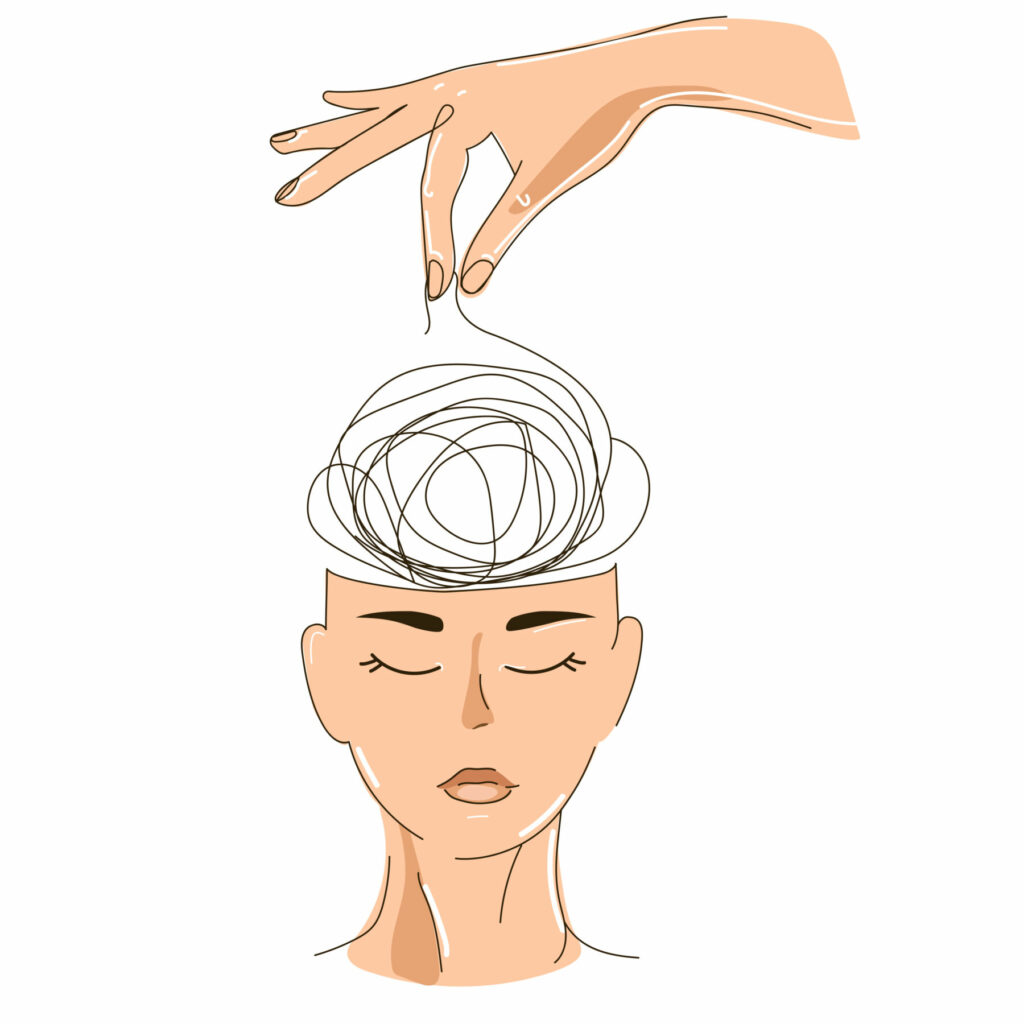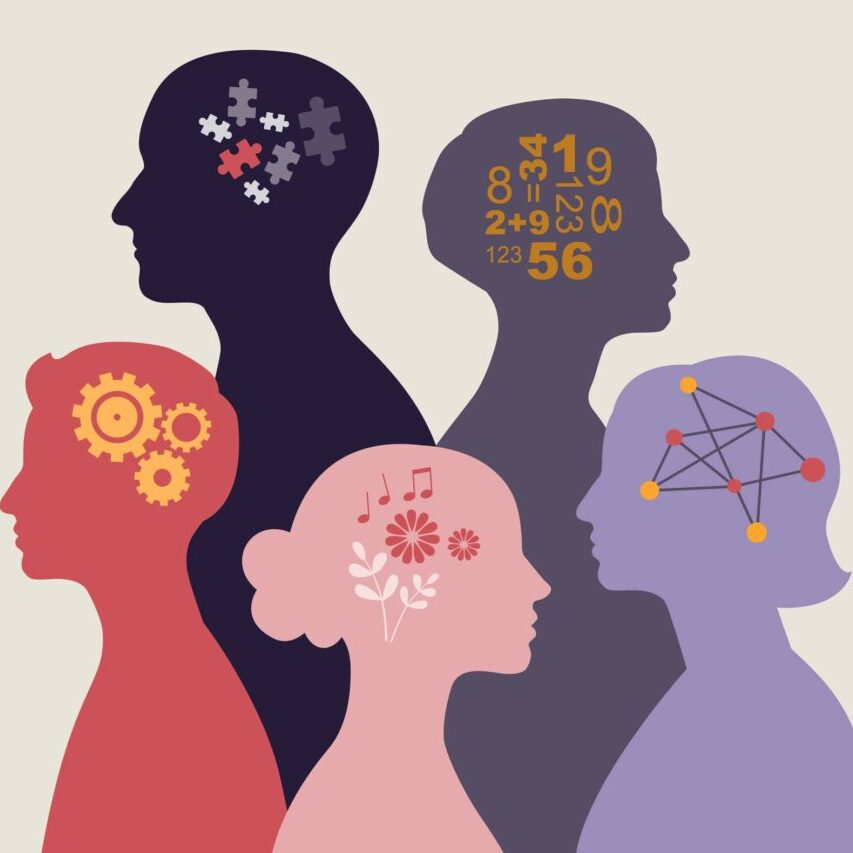Gaslighting: A Dangerous Relationship Issue

Many people in Chicago and Lakeview have heard the term gaslighting. In fact, many of our clients with anxiety talk about having had experiences being gaslighted that exacerbated their anxiety. Many LGBT clients discuss gaslighting experiences during the coming out process and navigating relationships with family. And, many people seeking therapy for a relationship issue question whether gaslighting is or was a part of their relationship. It’s not uncommon, but what is gaslighting?
The use of the term gaslighting grew tremendously in the past decade. The political environment and erosion of trust in “the truth” played a significant part. A court case in the UK further brought the issue of gaslighting to the attention of the public in January 2022 when a woman accused her partner of rape and domestic abuse. Her partner, who was a mental health worker, convinced her, her family, and even other professionals that she had bipolar disorder in an attempt to discredit her accusations and cast doubt on her mental state. The judge in the case, Justice Stephen Cobb, referred to this manipulation as “gaslighting,” describing it as a “form of insidious abuse designed to cause the victim to doubt their own mental well-being and even their sanity.”
The concept of gaslighting originated from a 1930s play called “Gaslight,” which closely resembled the aforementioned court case. Set in Victorian London, the play features a husband who manipulates and lies to his wife in order to make her believe she is insane and steal her wealth. He does this by using psychological tactics such as altering the brightness of the gaslights in their home. Like in the court case, the husband uses abusive tactics to make his partner doubt their own reality and mental stability, making it difficult to prove the manipulation due to the uncertainty of what is real.
Legal literature has used the term for some time as well. Stark (2019) defined gaslighting as a testimonial injustice in which a person’s testimony about harm or wrongs done to them is denied, often because of their social identity (e.g., being a woman, LGBT+/queer, or a member of an ethnic minority). Stark (2019) identifies two tactics used in gaslighting: “sidestepping” and “displacing.” “Sidestepping” involves ignoring evidence that supports the testimony, which can involve tactics such as mocking the accuser, implying they are a hypocrite, attacking them verbally, or simply changing the subject. “Displacing” involves the abuser making it seem as if the victim has cognitive or characterological defects, shifting the blame for the accusation back onto the victim and explaining the accusation with a supposed flaw.
Gaslighting can also be used to perpetuate oppression against marginalized groups in the form of microaggressions. Johnson et al. (2021) define gaslighting in this context as a phenomenon in which “people of historically dominant groups negate the realities of people of marginalized groups … and [when] confronted for microaggressing, deny the existence of bias and convince their targets to question their own perceptions.” By doing so, those in privileged positions use their power to manipulate others. These actions are often reinforcing patriarchal and racist stereotypes that label women, LGBT, and (especially people who are non-binary) and people of color as “crazy” or “hysterical.” Examples of such stereotypes include comments that marginalized groups are “always making things about race/gender,” are “oversensitive” or “paranoid,” or simply overly focused on negatives. Oppenheim (2022) notes that it can be difficult to bring gaslighting to justice in these cases because the discriminatory undertones of people’s comments are often subtly biased and even unknown to the perpetrator, leading the accuser to question their own perceptions.
Gaslighting has serious consequences for mental health.
Gaslighting can have more serious impacts on a person’s mental wellbeing than other relationship problems, including – experiences of trauma, predisposition to trauma, anxiety, depression, perpetuating future relationship issues, and others. When a person’s thoughts, opinions, and reality are consistently undermined, it can serve as a chronic stressor that wears on their mental health. Gaslighting can cause self-doubt, disorientation, and depression by undermining a person’s sense of self, including their self-esteem and self-image. As a form of psychological oppression, gaslighting can lead its victims to internalize messages of inferiority, making them doubt their moral status as a person deserving of kindness and able to discern harm.
One study found that the self-doubt induced by persistent gaslighting was associated with disorientation and depression. (Lee et al., 2018). Another study (Dimitrova, 2021) found that half of the women who experienced prolonged gaslighting reported experiencing depression. Almost a third of these women were also diagnosed with other conditions linked to chronic stress and increase in chronic stress hormone (cortisol), including Hashimoto’s thyroiditis, arterial hypertension, and ischemic disease. This study also found that introverted women and those with less education were particularly vulnerable to gaslighting, suggesting that marginalized and unheard voices may be more affected by this unique relationship problem.
How is gaslighting related to power?
Gaslighting is often perpetrated by individuals or groups with various forms of social power and privilege. It is most often seen in heterosexual relationships, where the victim may be invested in seeking approval from the manipulator. However, it can also occur in LGBT and queer relationships and in racially heterogeneous relationships. The perpetrator’s position of privilege can make it easier for them to convince the victim and third parties to trust their judgment. This can insulate the perpetrator from the consequences of harming others, as they can simply shift the blame onto the victim for “overreacting” by complaining or protesting. In essence, gaslighting is a form of polyvictimization, where the harm done to someone who has already been victimized is compounded by the refusal to believe them.
How does gaslighting show up in Chicagoans seeking therapy?
Gaslighting is a form of emotional abuse and its impacts on people seeking therapy can be better understood within the larger context of Duluth’s Power and Control wheel. Our Lakeview therapists see victims of gaslighting at greater risk of mental health issues such as depression, anxiety, and problems with self-esteem and self-worth, as well as the effects of chronic stress and PTSD. Additionally, individuals with mood disorders, addiction, and personality disorders – especially Dependent Personality Disorder – seem to be more vulnerable to being victims of gaslighting. Challenges in perception, self-trust, symptom management, memory, and emotional lability, present in these conditions, compound and confuse the symptoms related to gaslighting. Our therapists report that gaslighting often takes place within a “vacuum,” meaning the victim may not realize that anything the perpetrator is doing is wrong or that they are overreacting. The result, the gaslighting is harder for people to recognize, more confusing, and more isolating.
As therapists, it is important to consider the social consequences of any issues a client is experiencing. As such, gaslighting could be linked to most symptoms, but the most common we see include – anxiety, depression, low self-esteem, insomnia, shame, mood swings, inattention, racing thoughts, and anger.
Dealing with the effects of gaslighting can be difficult and isolating. Receiving support from trusted friends, family, or colleagues can create a supportive environment in which to build confidence and validate one’s feelings. Seeking the assistance of a therapist can help reduce the impact of the experience and provide useful tools for building insight into your experiences and dealing with gaslighting in the future. Make an appointment with one of our therapists today!
This blog is made for informational and educational purposes only. It is not medical advice.
The information in this blog is not intended to (1) replace a one-on-one relationship with a qualified licensed health care provider, (2) create or establish a provider-patient relationship, or (3) create a duty for us to follow up with you.



